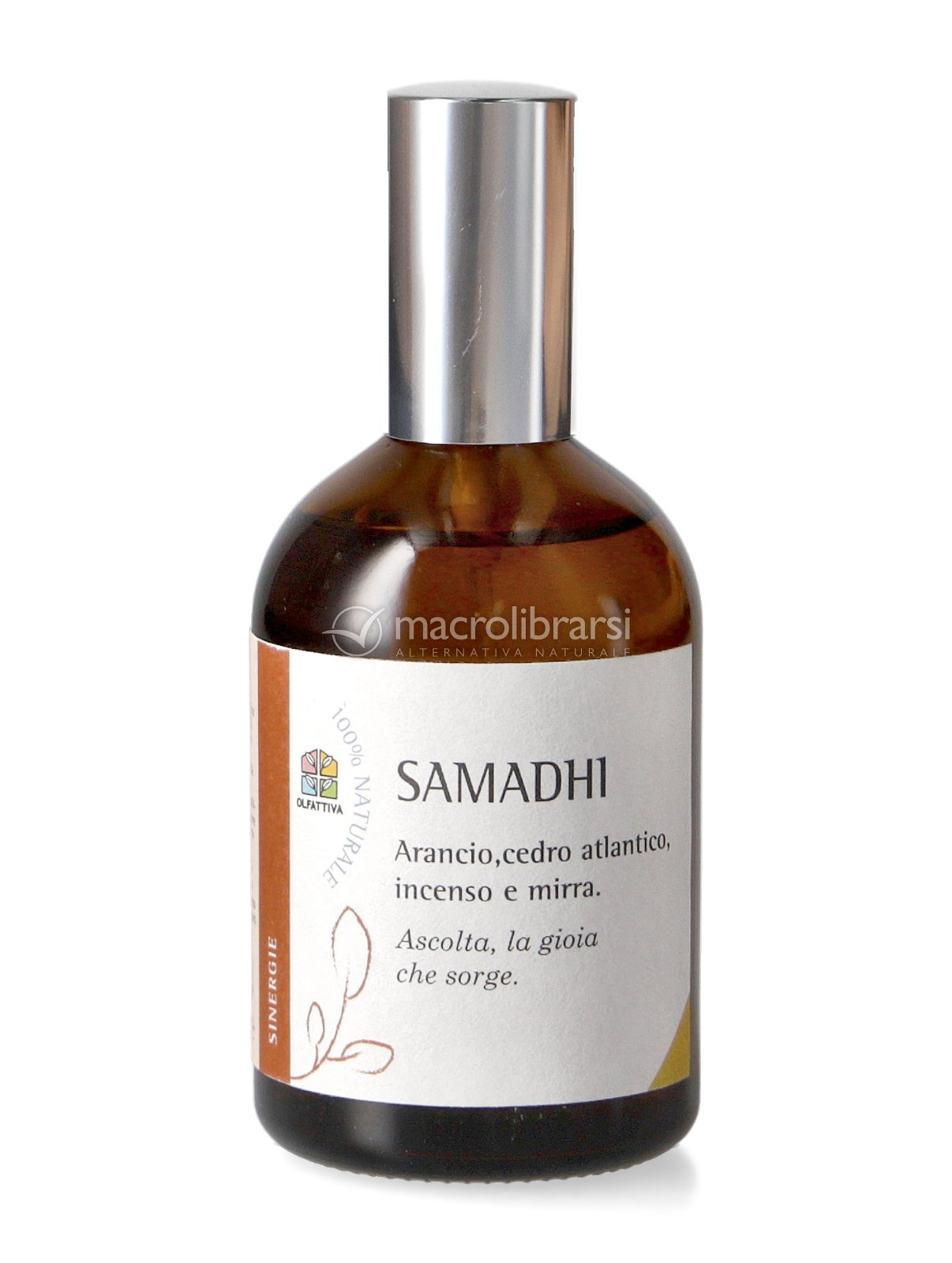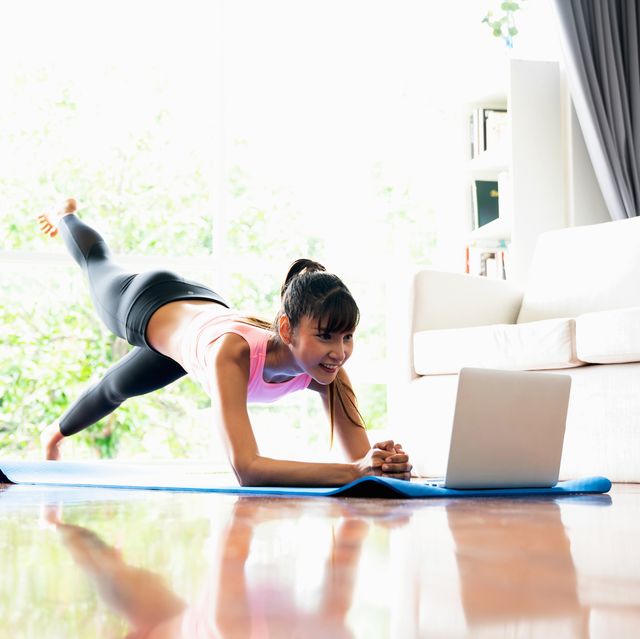
If you're considering taking up a new exercise routine, you may be wondering if Pilates or yoga is best for you. You should consider these factors if you are considering taking up a new exercise program. For more information, please read on. Both can help you develop strength and flexibility. Both require breathing techniques to improve your posture. For those looking for a deeper meditation practice, yoga is the way to go. People who are recovering from injury or want to strengthen their core muscles should try Pilates.
Yoga and Pilates are excellent choices for beginners. While yoga focuses on mind, Pilates emphasizes the body. Both methods use mats for flexibility and muscle strengthening. Both exercises emphasize the importance of connecting mind and body. Although yoga is slower-paced, more meditative and less intense than Pilates for its benefits, they are still very beneficial. There are also some differences in the workouts.
For those who have never exercised before, yoga is a great place to start. An introduction to yoga class will teach you basic poses and soft stretching. Both exercises train the nervous systems. They can be used to treat a wide range of conditions, including incontinence and physical pain. Both can be beneficial to your mind and body. Think about your personal goals and current state of health when comparing Pilates to yoga.

Both workouts can be used for many body parts. Both workouts are suitable for beginners. While yoga is more mental-meditative and focused on the mind, Pilates is more about the body. Before you commit, it is important for you to understand the differences. Each option has its own pros and cons. It is important to choose one that suits you best. These are some of the many benefits that each one has.
While Pilates is more effective for sports recovery and yoga is better for that, yoga is great for healing because it incorporates breathing exercises, stretch-out, and stretching techniques. Both can be useful for improving posture or preventing injuries in sports. Both exercises have their benefits, but it is important to know which one is right for you. There are a few pros that can help you decide which option is best for you. Make sure you do your research to discover the one that works best for YOU.
Both Pilates and yoga are mind-body exercises. Both focus on breathing and stretching, and both can be very beneficial for your body. But, it is important to consult your doctor before taking a class. Some exercises can pose a danger to people who have medical conditions. Both are good options. You should choose the one that suits you best. Both styles of exercise can be beneficial. You can benefit from both.
The most important differences between Pilates and yoga are mainly due to the type of exercise that you are doing. Both focus on stretching and strengthening the body. The main difference between the two is the type of exercise that's best for you. The focus in yoga is on the body while Pilates emphasizes the mind. You'll find that both will focus on your posture and breathing, which will result in a better feeling long-term.

Although both methods emphasize muscle toning as well as stretching, the goals of each method are different. Yoga focuses on strengthening and stretching muscles while Pilates is focused on the mind. It also teaches breathing techniques and aligns your mind with your spirit. Both approaches complement each other and are not meant to be used in competition. These two approaches are great for those with different fitness goals. The only difference is in the type of workout.
Both are excellent for beginners. Yoga is a great place to start if you aren’t very active. You can do a variety of yoga poses, as well as gentle stretches, for beginners. Both movements require the use props. The most important distinction between Pilates and yoga is whether you enjoy meditating or performing meditation. You can choose either if you aren't sure.
FAQ
What is the Best Workout for Men Over 40 Years?
Older men will find that the best workouts give them more energy as well as improve their stamina.
It is important that you note that people over 40 experience a decrease in testosterone levels, which results in lower sex drive.
However, this doesn't mean you cannot still enjoy physical activity. Numerous studies have shown that aerobic exercise can increase testosterone levels in certain men.
So, if you want to improve your sexual performance, you can start with an aerobics routine.
What is the best way to train?
It all depends on your goals. To build muscle mass, you should first lift heavy weights. Then you can move to cardio. If you are looking to lose weight, then move on to strength training.
Cardio can be done if you want to just lose fat. After that, you can add strength training.
If you are looking for muscle mass, cardio should be your last option. Cardio stimulates growth hormones and helps build muscle mass.
It is important to eat before going to work out. This will fuel your muscles and make them work harder. It makes you feel better when you exercise.
How To Build Muscles Fast?
It is important to eat healthy food and lift weights frequently in order to quickly build muscle.
When you're fresh and ready to do something, early morning is the best time for working out.
Try exercises like squats and bench presses.
Consider trying different weight training programs and drinking plenty of water throughout each day.
Statistics
- Cardmembers earn 5% Back at Amazon.com with a Prime Credit Card. (amazon.com)
- Get free shipping and 25% off today. (healthline.com)
- According to the American Academy of Dermatology (AAD), men over 50 are at a heightened risk of developing it. (healthline.com)
- 10 pounds in a month is likely during a lean bulking phase, especially for beginners. (muscleandstrength.com)
- Candidates and applicants must pass all four tests at 70% (minimum level) to graduate from Basic Deputy U.S. Marshal (BDUSM) Training. (usmarshals.gov)
External Links
How To
How do I lose fat by exercising?
Exercise can help you burn calories and increase your metabolism.
If you exercise with moderate intensity, you can safely lose weight.
These tips will help you burn fat and keep fit while exercising.
-
Cardio exercises include swimming, running or cycling.
-
Three times per week, exercise for 30 minutes.
-
Strength training is a great way to lose weight.
-
Avoid intense workouts. It is possible to build muscle without destroying muscle tissue.
-
During exercise, drink plenty of water. Water flushes out toxins and helps keep the body hydrated.
-
After working out, make sure to drink low-fat proteins shakes. Protein shakes repair muscles and increase energy.
-
Take smaller meals throughout each day to avoid feeling hungry.
-
Don't skip breakfast! Skipping breakfast can make you tired and sluggish.
-
Take care of yourself mentally. Stressful situations can slow down metabolism.
-
Keep a positive attitude. Studies have shown that people who are convinced they are overweight gain more weight than those who feel they look attractive.
-
Get enough sleep. You will have a harder time losing weight if you do not get enough sleep.
-
Always be active. Make sure you get up and move every hour.
-
Maintain a healthy diet. A healthy diet will help you feel fuller for longer.
-
Find relaxation techniques. Relaxing doesn't mean your body releases stress hormones which cause muscle tissue to be destroyed.
A balanced diet is one that includes all of the essential nutrients required for growth.
Consider eating six small meals daily instead of three big ones. This gives your body time and energy to process the food.
Calcium is required to support strong bones. Calcium can be found as a dairy product such as milk, yogurt and fortified soy drinks, orange juices, cereals, breads, and cereals.
Calcium is found in leafy vegetables, beans and tofu, as well nuts, seeds and cheese.
Vitamin D is required by the body to absorb calcium. It's found in fatty fish, egg yolk, and some fortified foods.
Vitamin E is important for skin health. It's found in vegetable oils, wheat germ oil, peanuts, almonds, sunflower seeds, and corn.
Your body requires zinc for normal immune function and wound healing. Zinc can be found as a mineral in oysters.
Zinc deficiency may cause fatigue, loss appetite, depression, and impaired immunity.
Consuming too much sugar can cause insulin resistance. This causes an increase in blood glucose levels. Insulin resistance is linked to weight gain.
High levels of free radicals can lead to insulin resistance. Free radicals refer to molecules that contain unpaired electrons. They can damage cell membranes and other body parts.
Food additives, pesticides and herbicides, as well as preservatives, smoking and radiation are all sources of free radicals.
Free radicals can lead to cancer and heart disease, diabetes mellitus, arthritis, asthma, and premature aging.
Eating a well-balanced diet with antioxidants is the best way to prevent free radical damage. Antioxidants protect against oxidative damage.
Antioxidant vitamins include Vitamin C (found in citrus fruits), beta carotene (found in carrots, sweet potatoes, spinach, broccoli, cantaloupe, apricots, squash, mangoes, peaches, peppers, tomatoes, cabbage, cauliflower, kale, Brussels sprouts, collard greens, watermelon, and strawberries), and Vitamin E (found in nuts, olive oil, avocados, and eggs).
Selenium, copper and manganese are all antioxidant nutrients.
Selenium helps protect cells from oxidative damage caused by free radicals. Selenium can be found in Brazil nuts and liver, kidneys, liver, kidneys, shrimp, cod, turkey and lamb as well as chicken.
Copper protects the eyes, brain, lungs, liver, and red blood cells. Copper is found in shellfish, poultry, meat, and organ meats.
Manganese is an essential component of bone structure. Manganese can also be found in oatmeal, brown rice, spinach and bananas.
Zinc is required for normal growth, reproduction and wound healing. Zn is found in lean cuts of meat, white fish, poultry, and eggs.